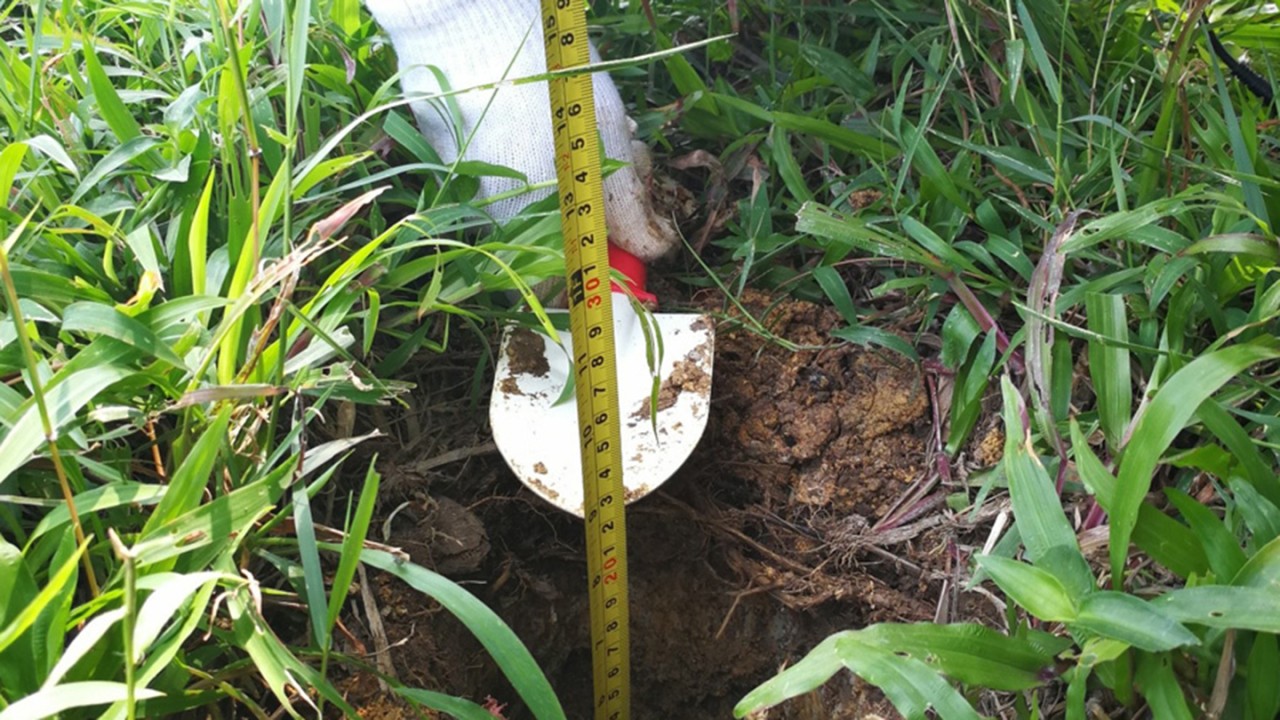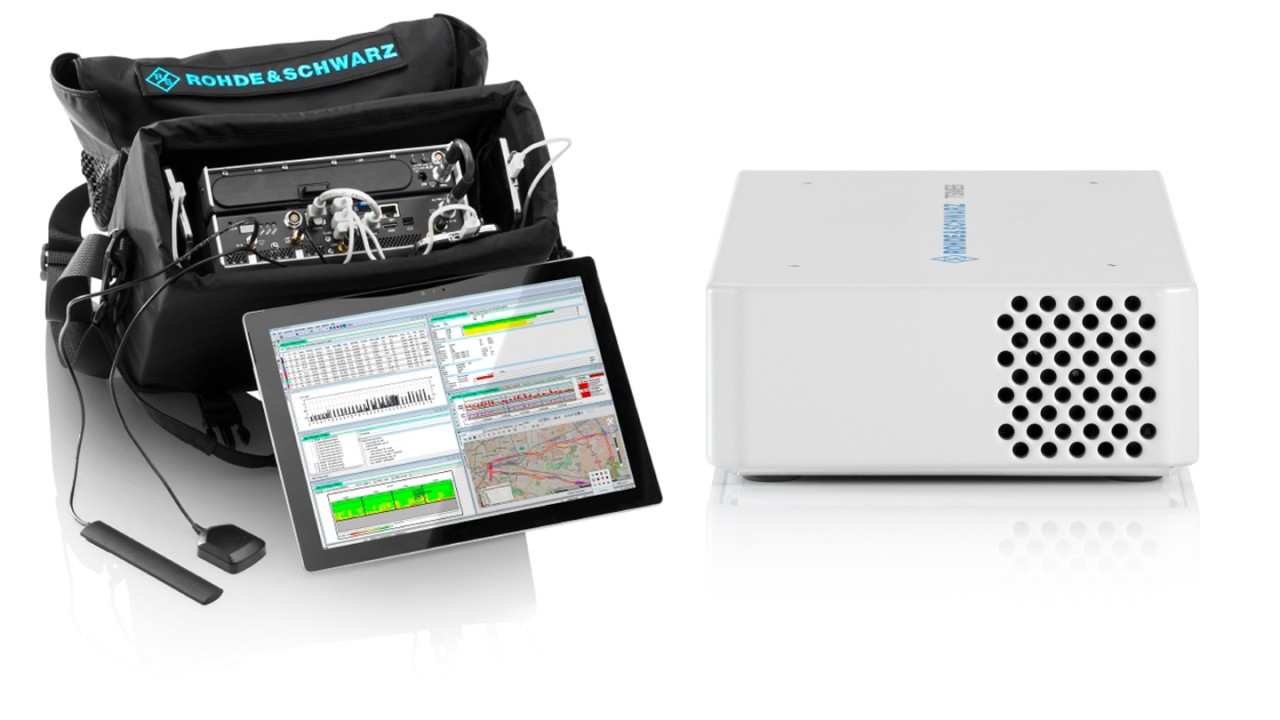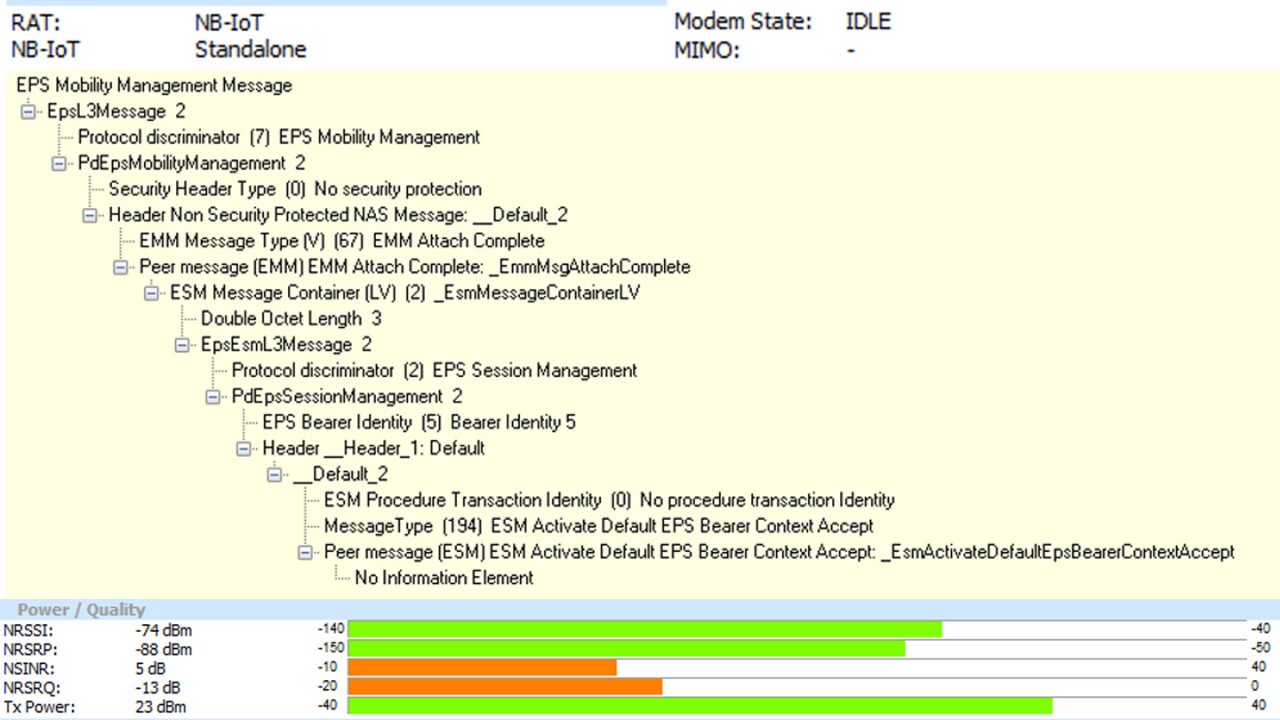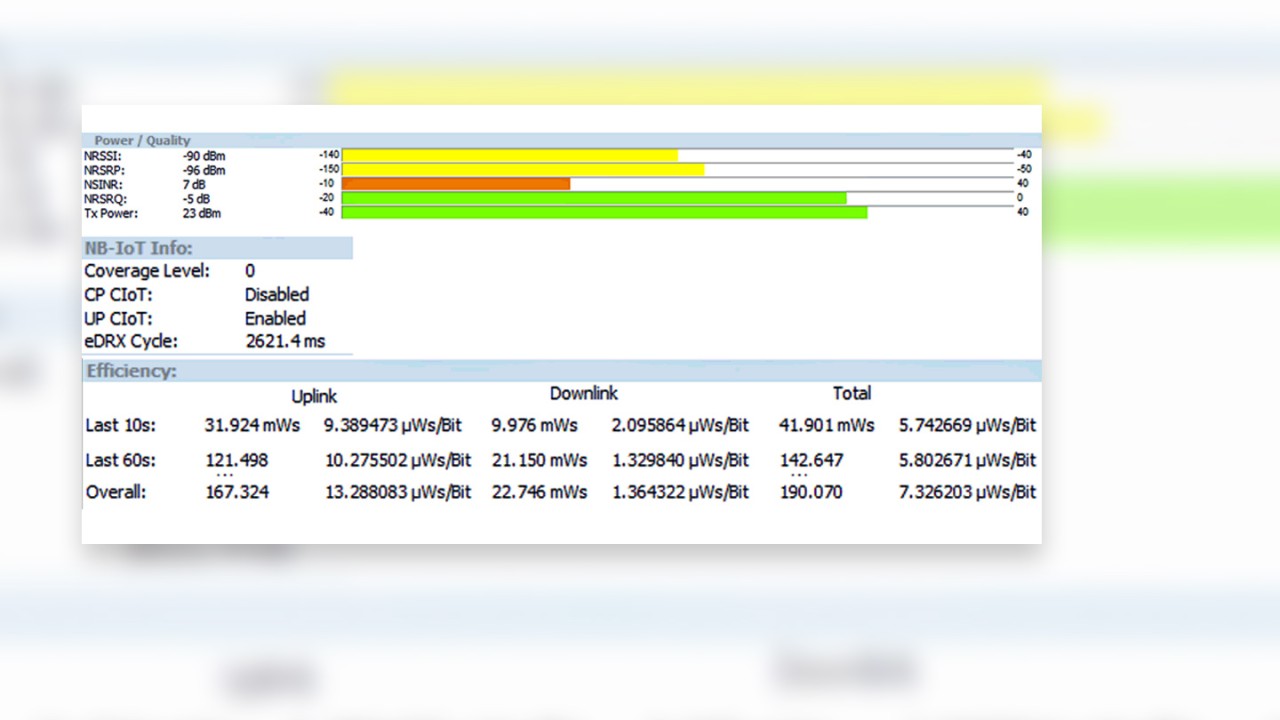Written by Albert Huang | May 22, 2019


“The Internet of Things is a key technology area for growth which will drive Singapore’s Digital Economy for a Smart Nation. We encourage companies to embrace the exciting benefits of NB-IoT as we move towards the digital future” stated Mr. Tan Kiat How, Chief Executive, Infocomm Media Development Authority of Singapore.
As the pioneer in NB-IoT network testing, a Rohde & Schwarz mobile network testing team ventured out into the field to conduct several different NB-IoT test cases. The NB-IoT field tests were performed in a typical tropical environment, in this case in an open field close to the Rohde & Schwarz Regional Headquarters Singapore offices.
The team used the world’s first accurate LTE/NB-IoT coverage measurement solution: the R&S®ROMES4 universal network engineering platform, coupled with an R&S®TSMx scanner, measures NB-IoT coverage accurately and reliably.


Peek into NB-IoT network performance
The first step to evaluate an NB-IoT network is to measure the base station signals. Technically, this includes measuring the RF signal power level and quality that are received and decoded off the air; this provides the first look into network performance. This measurement has to be performed in a device-agnostic manner to eliminate as many device-related variables and variations as possible.
Using the R&S®TSMA passive scanner, we could identify the base station sites transmitting the NB-IoT signals at our test location.


Figure 1: R&S®TSMA scanner in the field (top); R&S®ROMES4 NB-IoT scanner top view N (bottom)
After identifying the base station signals, we tested the device. In this case, we used a Qualcomm-based module placed in a waterproof housing. By connecting it to R&S®ROMES4, we measured the right levels of the signals that the device received from the network. Testing with a real device enabled us to run end-to-end tests on a live NB-IoT network and measure the realistic performance of the NB-IoT device.
NB-IoT field test
Next, we placed the device on the ground amidst grass 5 cm to 10 cm high. Figure 2 shows that the module attached to the network successfully and acquired an NB-IoT standalone signal.
We can also see the signal power and signal quality that the device receives and verify that there are no issues with the device, SIM registration and measurement setup. In simple terms, this means that the module was able to connect to the network, which is the first step towards success in NB-IoT use cases. In case the module cannot register, we can easily troubleshoot and identify the potential issues with R&S®ROMES4.


Figure 2: Protocol showing successful attach procedure (top); receiving signal power and signal quality of device (bottom)
Coverage of NB-IoT device underground
After verifying the network signals and device performance, it is time to get dirty. To replicate agricultural use cases (for example, crops monitoring) we dug a 20 cm deep hole, placed the module equipped with a sensor at the bottom of the hole and covered it with soil.
In this underground scenario, we observed a noticeable drop of 8 dB in NRSRP received by the device while NRSRQ and NSINR increased, indicating slightly less interference. At the same time, we observed additional NB-IoT parameters such as coverage extension levels and eDRX cycle times. We also monitored power efficiency in both the uplink and downlink.


Measurement results of a NB-IoT device buried 20 centimeters underground
This field test showed which levels an initial NB-IoT network base station transmits and how soil affects the device’s behavior. It is interesting and important to examine the data and potential environmental factors that may affect the results further.
Stay tuned for more NB-IoT test cases and visit our dedicated web page about testing NB-IoT/LTE-M.
This post was co-authored by Lam Pak Lun, Senior Customer Projects Engineer at R&S Singapore.





